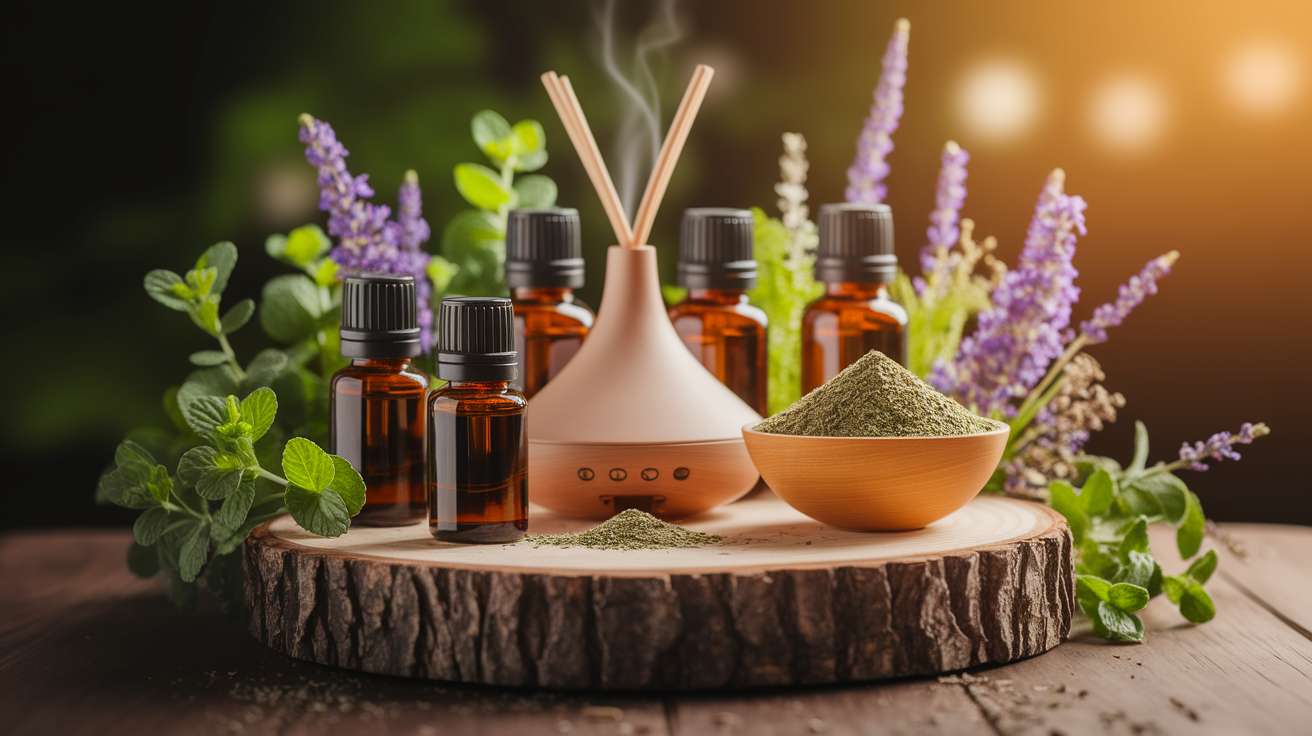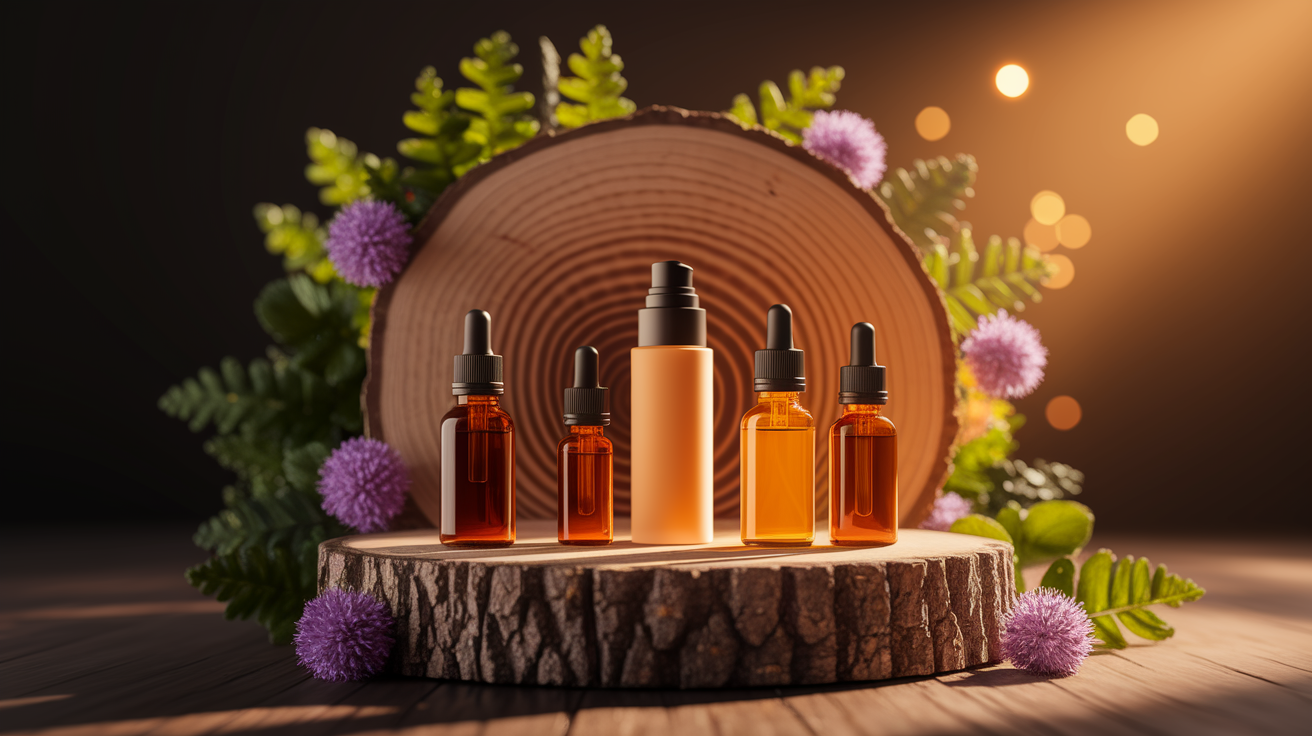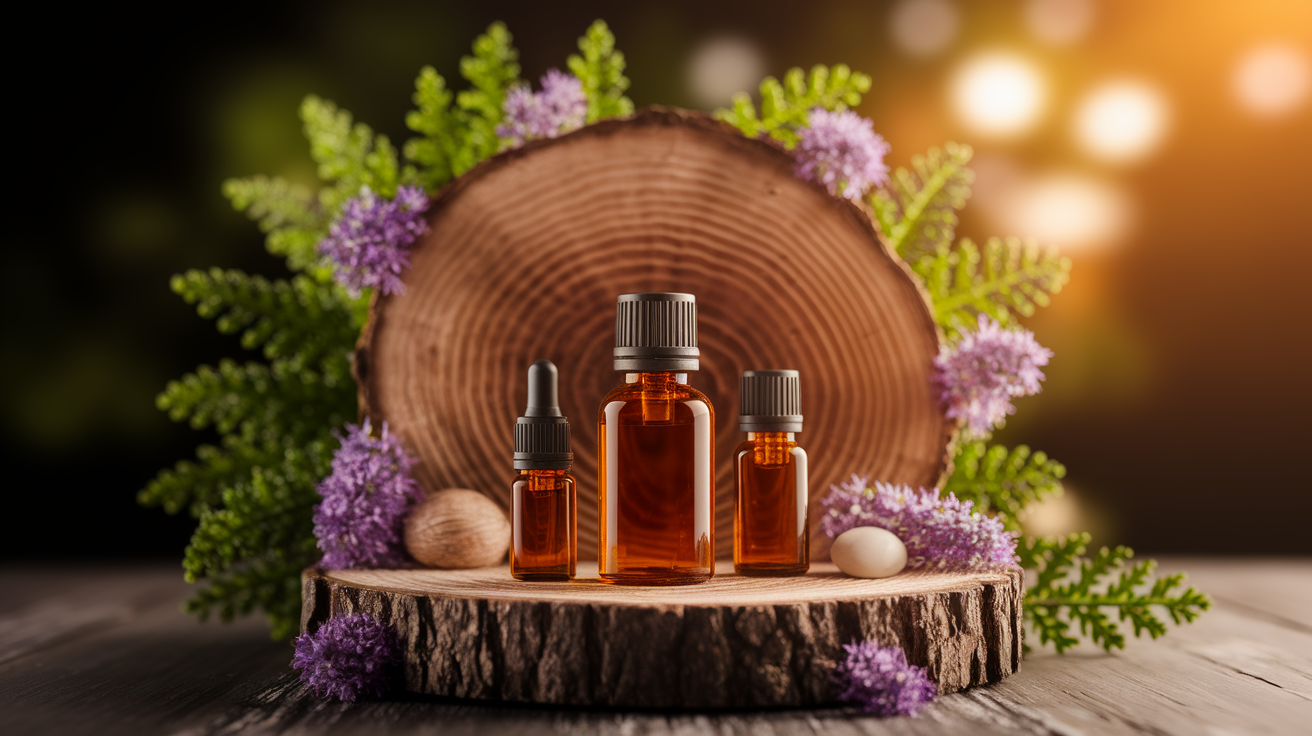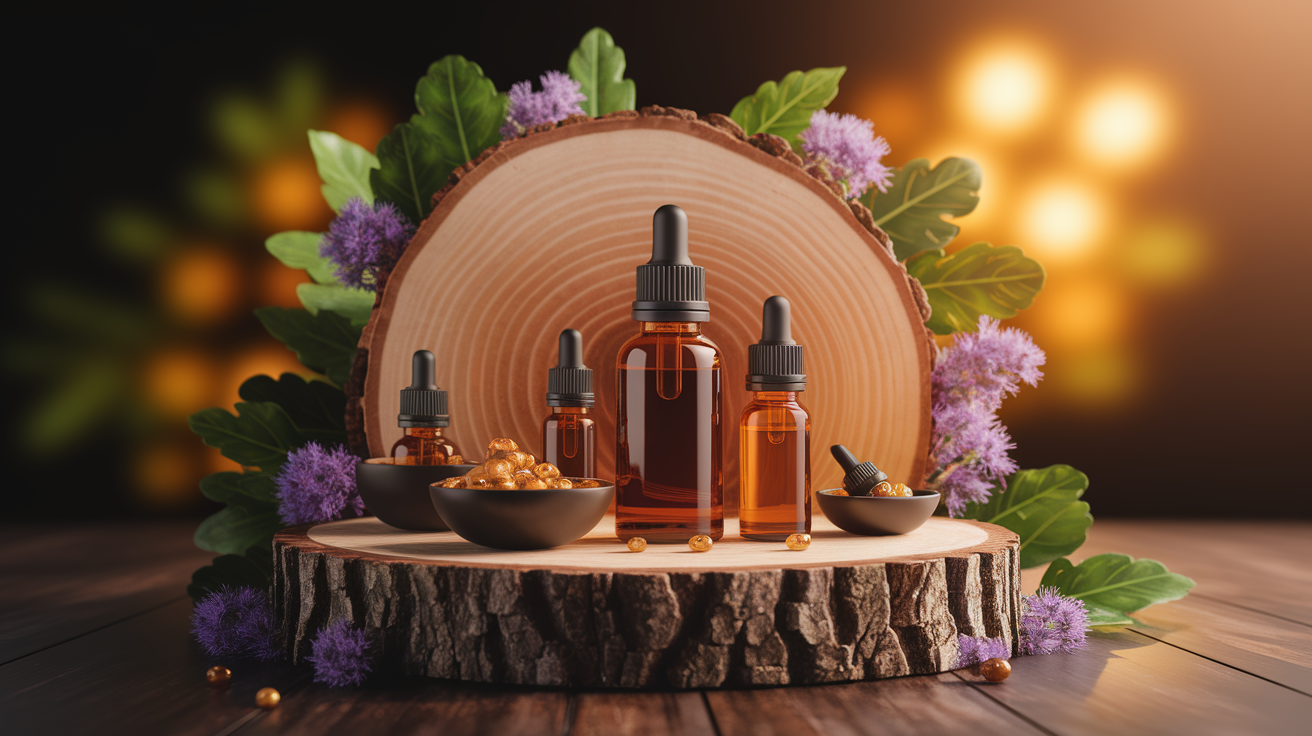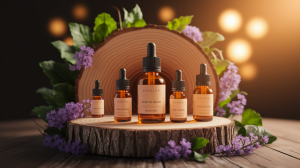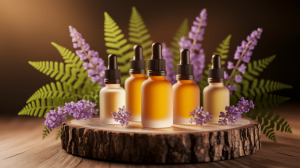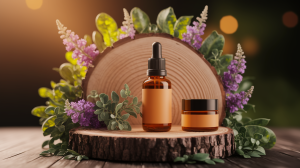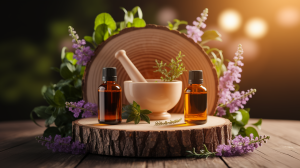Aroma vs Air: What You Need to Know
There’s that moment when you walk into a room filled with the scent of eucalyptus or lavender and think, “Ah, this is heaven.” The air feels fresher, the mood lighter. But here’s the twist that makes me raise an eyebrow—while essential oils can create wonderfully fragrant, even therapeutic atmospheres, the way they mingle with your indoor air is more complicated than you might expect. Some folks swear they’re nature’s answer to air quality improvement, others point out they can introduce new chemicals into your space. And both are right, in their own way.

How Essential Oils Interact with Indoor Air
When you pop a few drops of tea tree, peppermint, or lemon oil into your diffuser, you’re releasing aromatic compounds—things like limonene, alpha-pinene, and eucalyptol—into the air. These are terpenes, found naturally in plants, and they can do more than just smell nice. In certain situations, they carry antimicrobial properties, like tiny invisible helpers fighting airborne germs. But they don’t float around untouched. In fact, they can interact with other indoor pollutants and even alter ozone levels. It’s this chemical dance in the air that can make essential oils both intriguing and a little unpredictable as natural air purifiers.
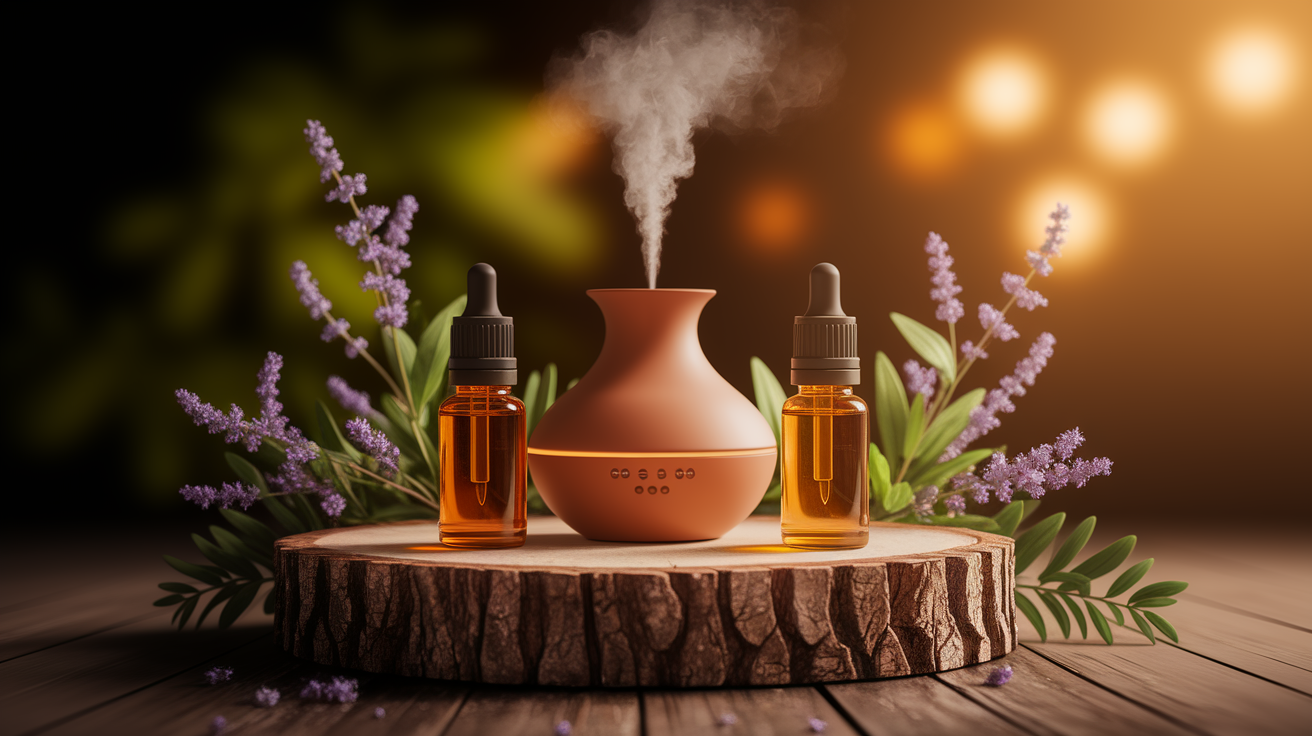
VOC Emissions: The Hidden Chemicals
Here’s where the story takes a bit of a turn. Those aromatic compounds? They’re actually part of a bigger family called volatile organic compounds, or VOCs. And not all VOCs are the good guys. When essential oils evaporate, they can release substances like acetaldehyde, acetone, ethanol, and even toluene into the air. Some tests have found their levels stay below health guidelines under typical use, but in small or poorly ventilated rooms, these emissions can start stacking up. It’s a reminder that what smells ‘natural’ isn’t always purely benign—indoor pollutants can come dressed in botanical clothing too.
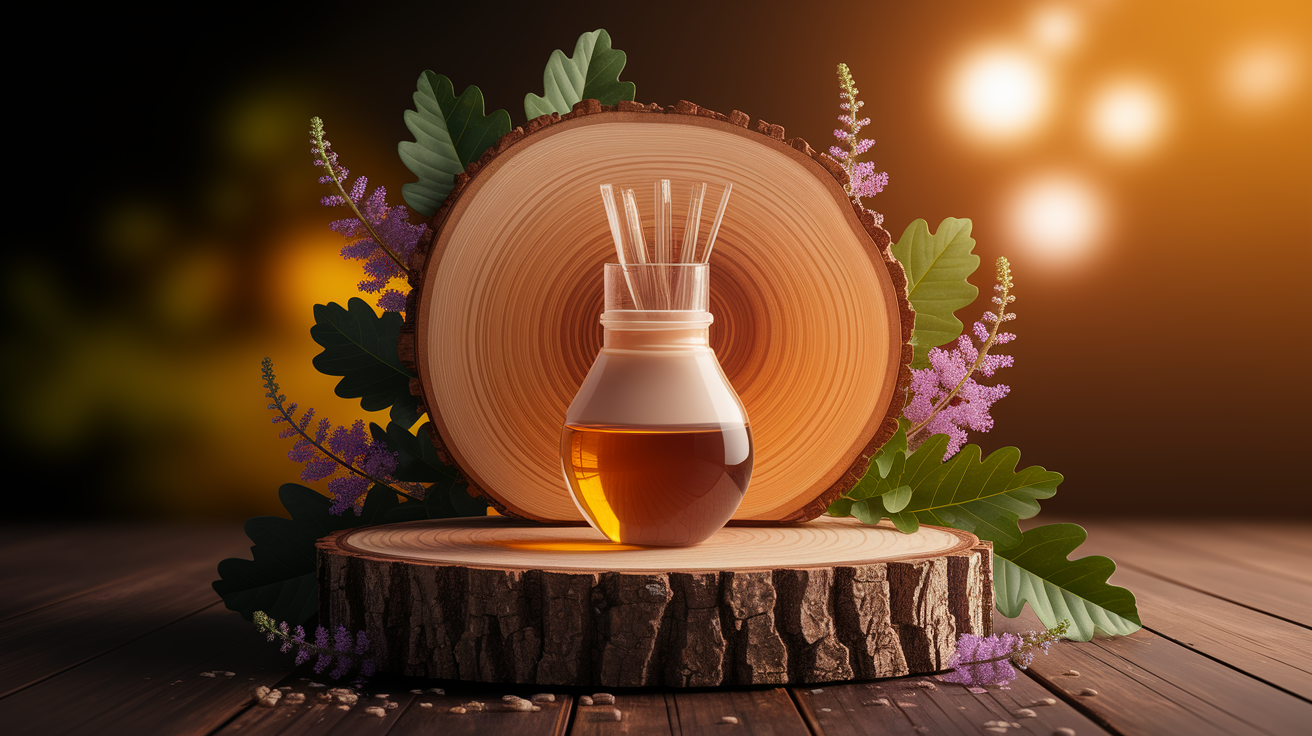
Health Impacts of Essential Oil VOCs
Now, this part caught my attention the first time I read the studies. Essential oil diffusers can affect cognitive functions—memory, decision-making, even response inhibition—in ways you might not expect. In one controlled setting, people reacted faster but with impaired control, becoming a bit more impulsive under scent exposure. Alongside that, certain VOCs could trigger allergy-like symptoms, respiratory irritation, or chemical sensitivities, especially for people already sensitive to indoor pollutants. It sounds a little wild that something meant to help you relax could subtly shape how your brain works, but it’s documented in research like this study on VOC emissions and cognitive function.
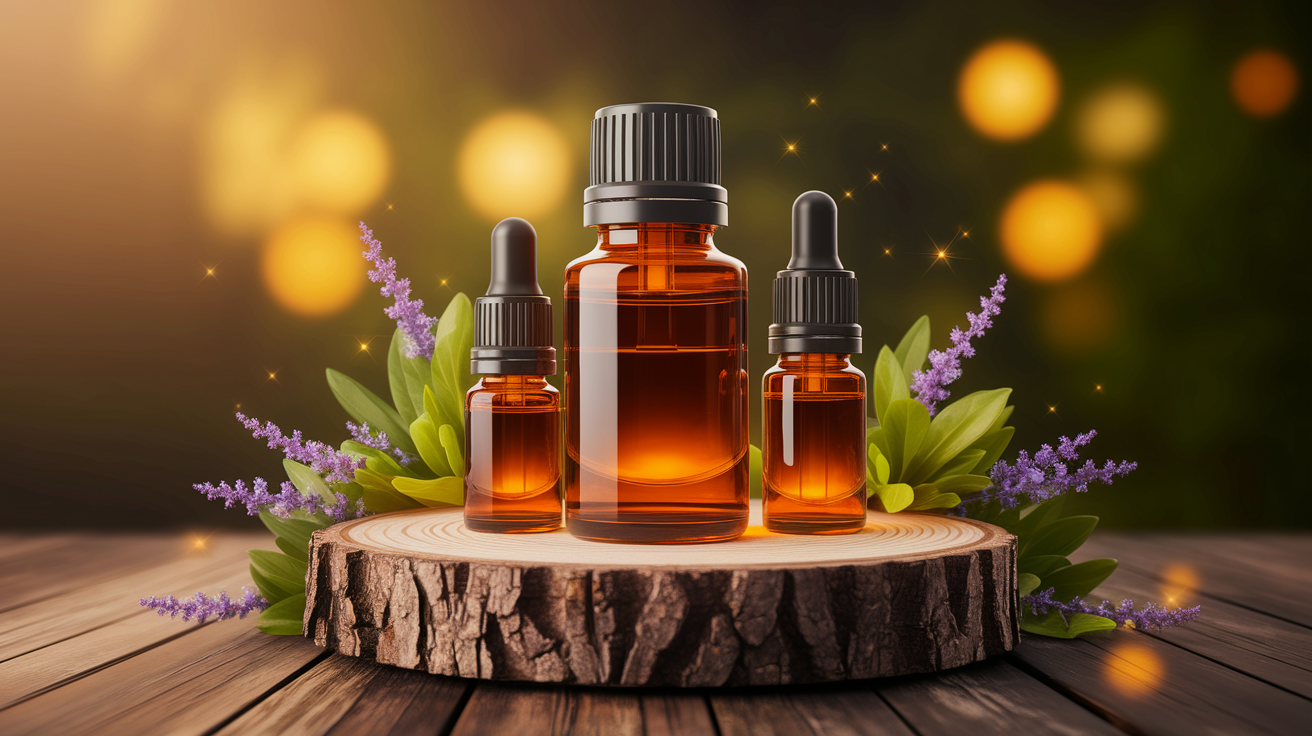
Mitigation Strategies for Safe Aromatherapy
That doesn’t mean you should toss your diffuser in a drawer forever—it’s about balance and smart use. One simple trick? Keep diffusion sessions short, somewhere between 15 minutes and an hour. That gives you the aromatic benefits without flooding the air with too many emissions. Good ventilation is your friend; crack open a window or run an air purifier with activated carbon filters to trap VOCs while keeping the scent. An air quality setup that includes humidity control can make the air feel fresher and healthier overall. And maybe don’t go overboard mixing oils—sometimes less really is more for your lungs.
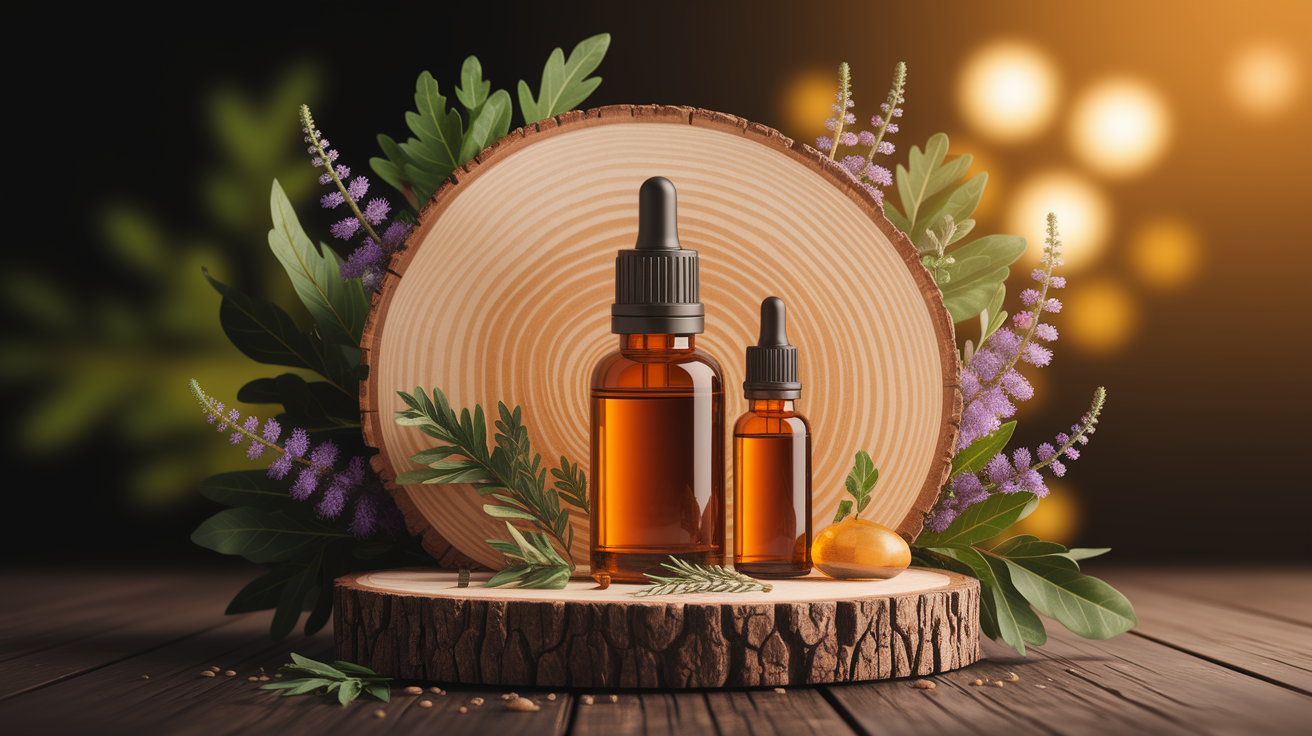
Breathe Easy: Striking the Right Balance
It’s a bit like making the perfect cup of tea—gentle heat, the right steeping time, and you get something wonderful. Too much, and it’s bitter. Essential oils can lift your mood, add a sense of cleanliness, and even reduce certain germs in your air. But they’re not magic air detoxifiers, and using them carelessly can tip the scales toward indoor pollution rather than purification. Public health voices, like those shared by the American Lung Association, call for more research and cautious use. The sweet spot is to enjoy their benefits while respecting what the science tells us: keep sessions short, give your space fresh air, and don’t forget traditional air quality allies like ventilation and filtration. That’s how you savor the aroma without compromising the air you breathe.

